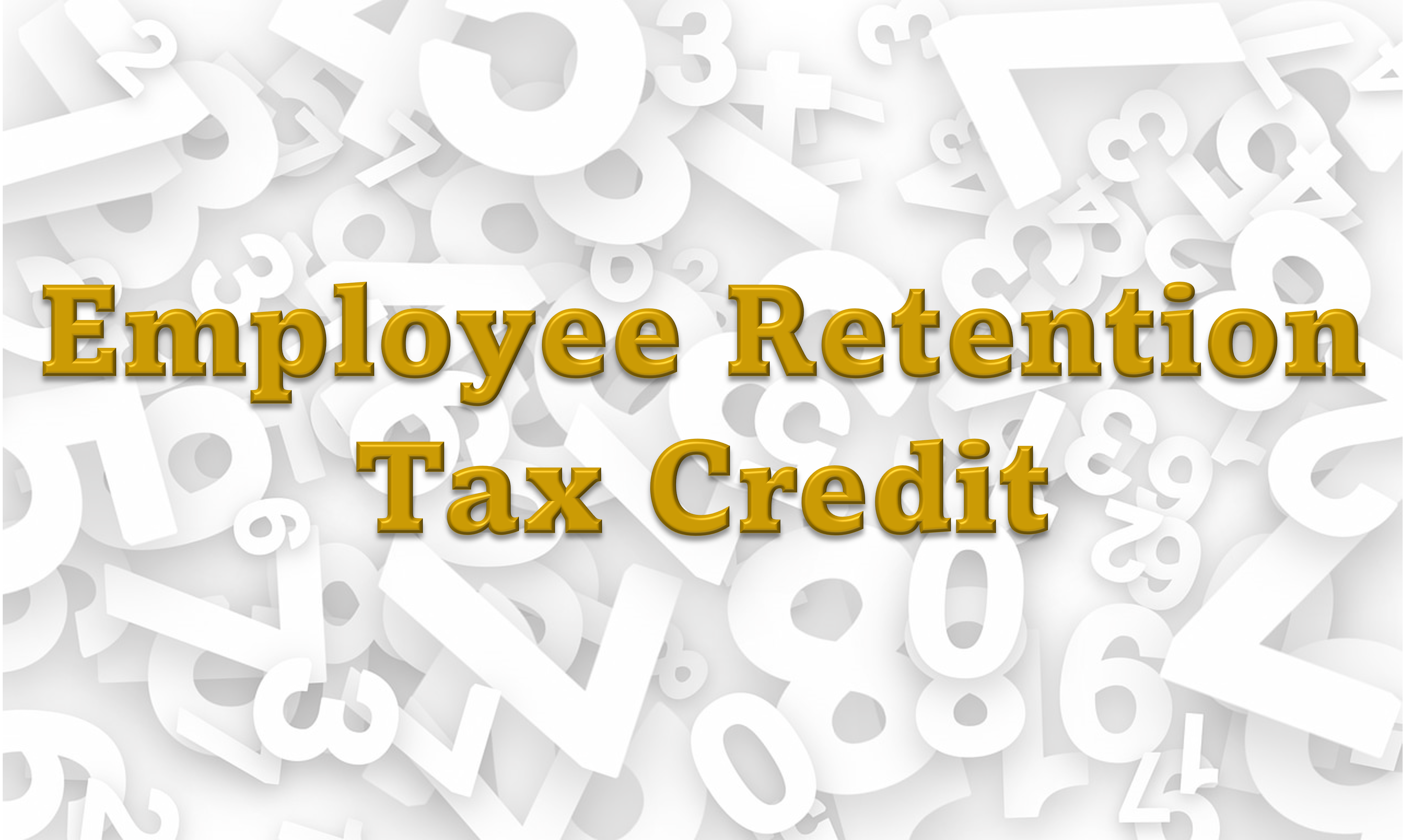Generally, there are two types of qualified retirement plan: Defined contribution plans and Defined benefit plans. Defined contribution plans include profit sharing, stock bonus and money purchase plans in which a separate account is provided for each employee covered by the plan. The employee retirement’s benefit plans are based on the contribution to the account, as well as any income, expenses, gains and losses.
Here we will talk and understand about the different types of retirement plans that are available for self-employed and to the owners of small businesses. It is imperative for the owner of a small business to plan for his own retirement as for their employees.
SEP IRA:Self-employed IRA, this plan is available to sole proprietors, partnerships, C corporation and S Corporations including those with employees. This plan can be funded solely by employer contributions. Employers can take deduction of the contribution on business tax return for the contribution made. Maximum contribution allowed in 2020 is 25% of compensation up to a maximum of $57,000. This plan can be set up by the employers’ tax filing deadlines plus extensions. Employees can withdraw funds from their account any time, but a 10% penalty may apply if the employee’s age is under 59 ½. There are few exceptions to this penalty, to list a few,
first time purchase of home, payment towards qualified education of self and dependent, paying medical bills and health insurance premium, and being disabled are among some of them.
Self Employed 401(K):This plan is available to self-employed individuals or small business owners with no employee other than a spouse. It is available to sole proprietors, partnerships, C Corporations, S corporations. This plan has the same rules and requirements as any other 401(K) plans. The business owner is both employer and employee in this case and makes contributions in both capacities. Total employee and employer contribution cannot be more than $57,000 in the year 2020. The employee contribution is $19,500 ($26,000 if age 50 or older), employers may contribute up to 25 % of compensation or self-employed earnings subject to the maximum of $57,000. Annual filing of form 5500 is required if the total assets in the fund exceeds the threshold draw by the IRS. Deadline for setting up this plan is December 31s (or fiscal year end). No withdrawal is allowed from this plan until a “trigger” event happens as in age 59 ½, disability or plan termination.
SIMPLE IRA:This plan can be set up by business with 100 or fewer employees and self-employed individuals, and is available to sole proprietors, partnerships, C Corporations and S Corporations. This plan does not have the start-up and operating costs of a conventional retirement plan. Employers are required to contribute each year either a matching contribution up to 3% of compensation (not limited by annual compensation limit) or 2% non-elective contribution for each eligible employee. Under the non-elective contribution formula even if the eligible employee doesn’t contribute, he or she still receives an employer contribution equal to 2% of compensation up to an annual compensation limit of $285,000 in 2020. Maximum employee contribution is $13,500($16,500 if age 50 or more) for the year 2020. Withdrawal can be taken any time but a penalty of 10% is levied if withdrawn before age 59 ½. If the withdrawal is taken within the first two years of the plan, the penalty increases to 25%. This plan can be established by October 1stof the tax year.
We at Ahuja & Clark, PLLC help you identify the best suited retirement plan for your business and help you to set it up. If you need assistance regarding this topic, please reach out to us at (469) 467-4660, or info@ahujaclark.com.






